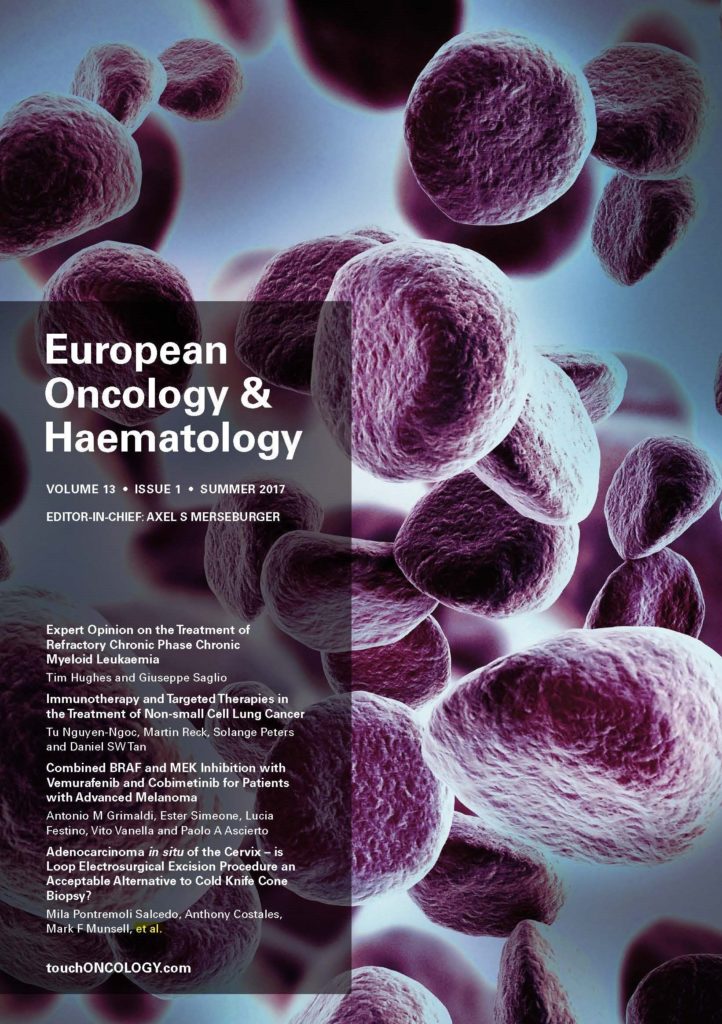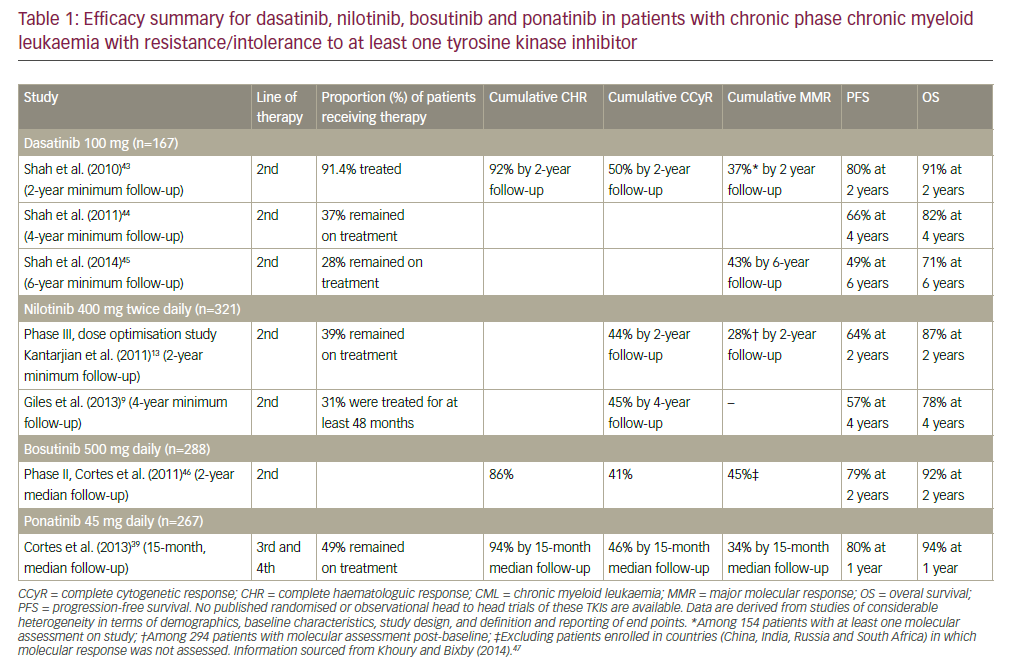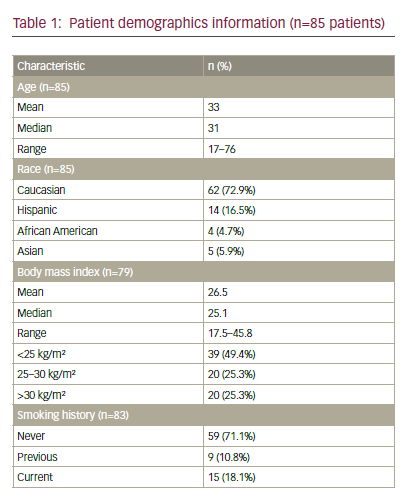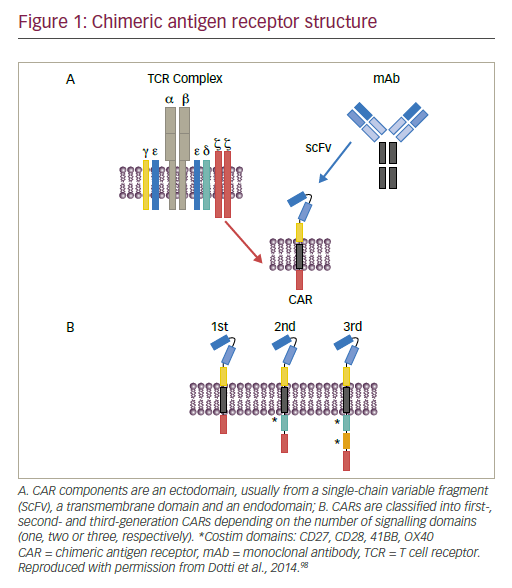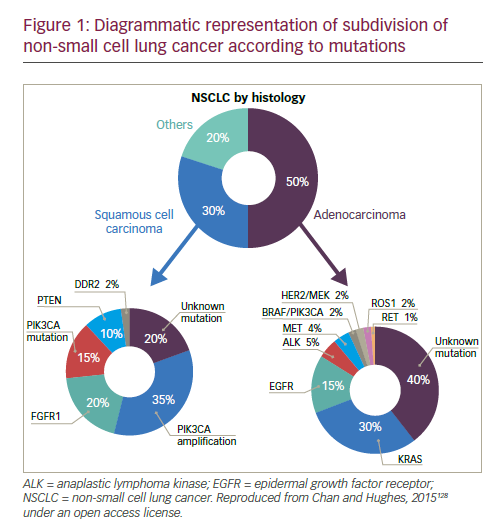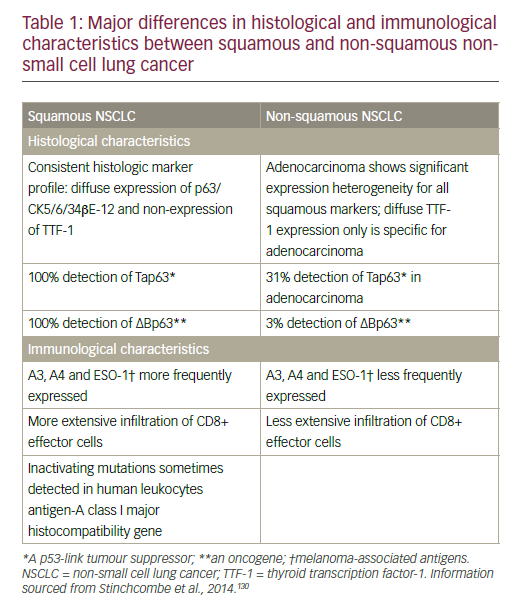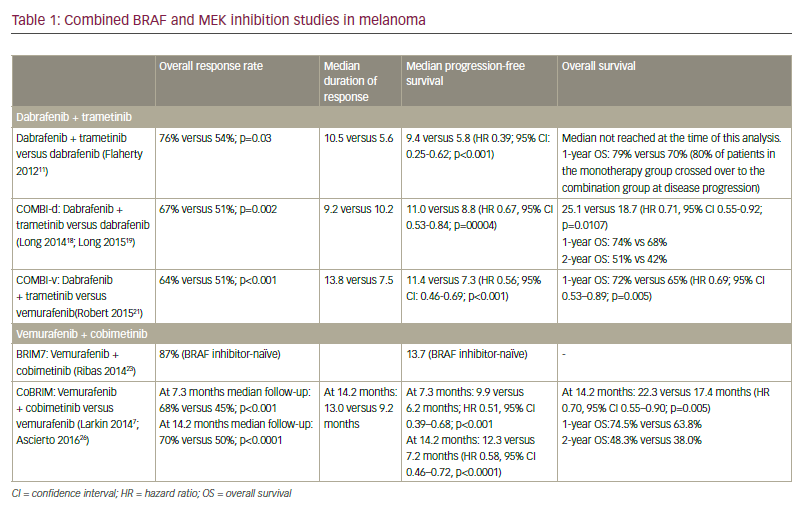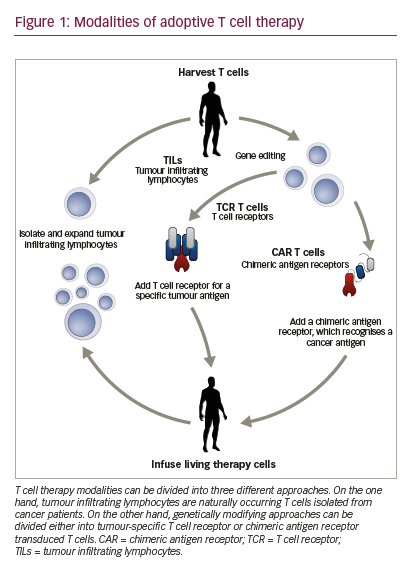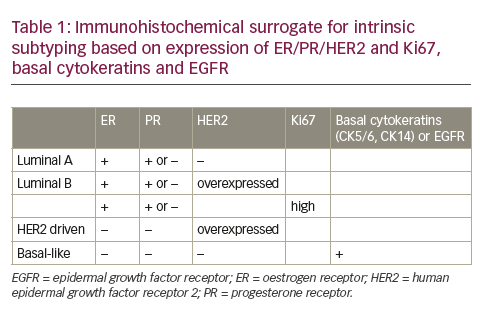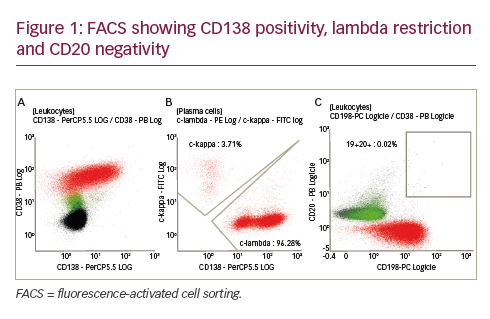EUROPEAN ONCOLOGY & HAEMATOLOGY – VOLUME 13 ISSUE 1 – SUMMER 2017
Welcome to the Summer 2017 edition of European Oncology and Haematology. We hope you enjoy our latest publication, which is introduced by Prof Michele Baccarani from our European Editorial Board, who provides an expert overview of some of the content.
We begin this issue with an editorial exploring the current state of cancer care in developing countries; a very important topic at present. This is followed by a consensus paper from Dr Hughes and Dr Saglio, on the treatment of chronic myeloid leukaemia, and an accompanying editorial from Eskazan. A research paper from Salcedo et al. investigates different biopsy methods for cervical adenocarcinoma in situ. This edition also covers immunotherapy and management of non-small cell lung cancer (NSCLC), adoptive T cell therapy, breast cancer diagnosis, and finally, a case report from Hanousek et al. on plasmacytic post-transplant lymphoproliferative disorder.
We hope you find this edition interesting and useful, and we look forward to continuing to provide you with topical content throughout the year.





